SUBSCRIBE TO OUR NEWSLETTER!
We write a new blog article every two weeks! Stay on top of foodies news in Colorado Springs, plus be the first to hear about new food tours and receive exclusive discounts.
Food tours now available through August 2025 with more availability coming soon!
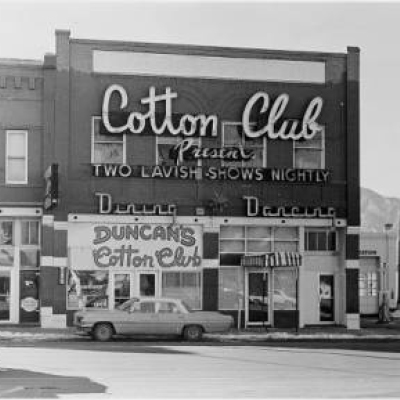
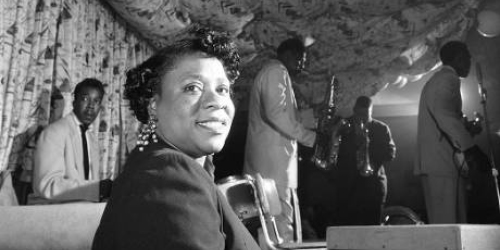
Being both Black and female, Fannie Mae Duncan was a champion of racial accord at a time when courage and resolve such as hers was desperately needed and in short supply. One woman set out to effect change in the one realm under her domain. She welcomed one and all to the Cotton Club. That was how a two-word phrase became a legacy: Everybody Welcome.
Just south of the historic Antlers Hotel, next door to where The Pikes Peak Center stands today, a rollicking good time was had by all who crossed the threshold of Fannie Mae Duncan’s Cotton Club. Fannie Mae had a head for business, a heart for philanthropy, and an iron will to succeed. All that and an ear for jazz led Fannie Mae and her beloved club into the pages of local history. Regardless of what disadvantages and adversity she would face in her pursuit, not the least of which were her gender and her ethnicity, Fannie Mae was committed to everyone having equal access to her establishment during a time when violence was erupting in other parts of the country over that very issue.
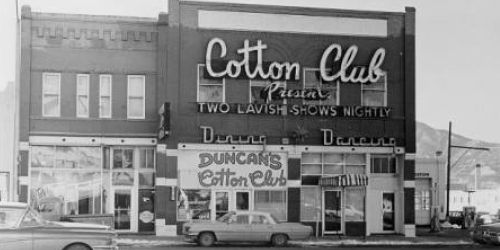
By many standards, especially in the 1950s and 60s, Colorado Springs was a progressive city. Schools were integrated and our city wasn’t marred with many earmarks of the Jim Crow era. Duncan herself was granted a loan to start her club in a time when Blacks elsewhere in the country were being denied basic civil rights. However, many establishments still displayed signs in windows that barred Blacks from being served there, or else required them to use the back door of the business.
While Duncan demurred at the idea that she helped push the cause of integration with her “Everybody Welcome” sign and policy, she no doubt ruffled more than a few feathers within the community. An oft-recounted story tells the tale of the legendary “showdown” between Fannie Mae and the city’s chief of police Irving “Dad” Bruce, during which Bruce made it clear that not everyone was happy with Duncan’s “mixing” culture, and she made it clear that she had no intention of denying anyone service based on the color of their skin. After a bit of back-and-forth, it was settled that, as far as the Cotton Club was concerned, patrons were free to mingle as they wished, and the police would not interfere. In return, Duncan dropped a tip if she saw a customer wanted by police.
In many interviews that were given before her death in 2005, Fannie Mae made it clear that she didn’t set out to be a civil rights activist. She just wanted people to come to her club and enjoy the world-class acts she brought to Colorado Springs; all people, regardless of their skin color. The “mixing” Chief Bruce spoke of was encouraged within the Cotton Club, with its employees and patrons from across the cultural spectrum. Duncan intentionally employed a multi-ethnic staff, making the club a favorite of soldiers from Camp Carson, who brought their wives from around the world to enjoy an evening of fun and culture.
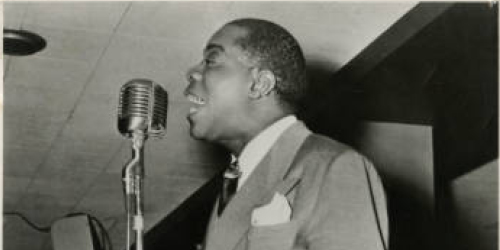
The neon signs on the building’s façade promised “two lavish shows nightly”, and delivered on that promise for twenty years. Some of the club’s more illustrious acts included Louis Armstrong, Count Basie, Billie Holiday, Duke Ellington, Etta James, and many more. The white guests from across the street at the Antlers would come to enjoy the top jazz acts of the day. People who may not have ordinarily socialized found their way into each other’s lives and, no doubt, into each other’s hearts. Fannie Mae set out to bring people together, and she did just that.
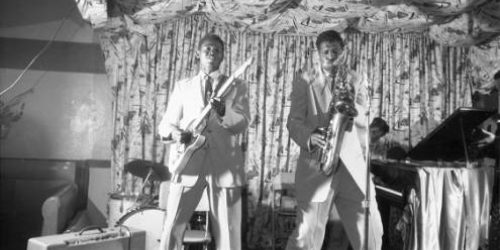
Known for her flamboyant style and spitfire ways, Fannie Mae carried off the establishment of an opulent jazz club with a lot of effort, but very little trouble. Duncan’s Cotton Club – so dubbed in homage to the original Cotton Club in Harlem – was a slice of big-city entertainment in what was still a relatively small town. Fannie Mae presided over her establishment with her signature panache, wearing bold clothes and elaborate hats, always brandishing a winning smile for her guests. It was an atmosphere of progressiveness during a time of great civil unrest across the nation. It an example of how we can all come together when we set differences aside and focus on our commonalities. The Cotton Club was about harmony, literally and literarily.
Beyond the walls of her revolutionary club, which made her the first successful Black, female entrepreneur in Colorado Springs, Fannie Mae was a community activist and philanthropist. Duncan not only organized large fundraisers to support medical research, but gave her own money to help fund the community’s first iron lung. Fannie Mae also funded scholarships for disadvantaged youth, as well as co-founded the 400 Club and the local Sickle Cell Anemia Association.
Duncan’s Cotton Club was torn down in 1975 in the name of urban renewal, but Fannie Mae’s legacy was well-established by the time the curtain fell on the club’s final show. Today, Fannie Mae Duncan is remembered as a pioneer in race relations and an icon of racial harmony. In Colorado Springs, the most lasting testament to Duncan’s contribution to the community is the Everybody Welcome Festival, a gathering of local proprietors, featuring fun, inclusive activities for the whole family.
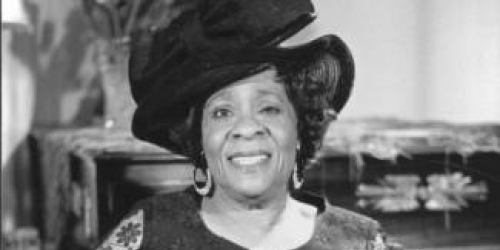
In February 2009, Fannie Mae Duncan became the first Black person to have a plaque displayed in the Milton E. Proby Cultural Heritage Room at the Penrose House, an honor bestowed by the El Pomar Foundation. In the works is a statue that will pay the community’s respect to Fannie’s Mae’s legacy. It will stand on the grounds of The Pikes Peak Center, near where the club itself once stood, and it will announce to one and all: Everybody Welcome.
Fast forward to today and you’ll find that Colorado Springs is a better place for having had pioneers like Fannie Mae Duncan. Discover today’s top establishments and enjoy more local history with Rocky Mountain Food Tours. Contact us to schedule your tour!
Cheers, Your Rocky Mountain Food Tours Team
Written by contributing author, J. N. Lister
(So, what’s a food tour, anyway…?)
attractionseditor's pickevents & holidaysgift ideashistorylocal diningtours we've takentravel
We write a new blog article every two weeks! Stay on top of foodies news in Colorado Springs, plus be the first to hear about new food tours and receive exclusive discounts.
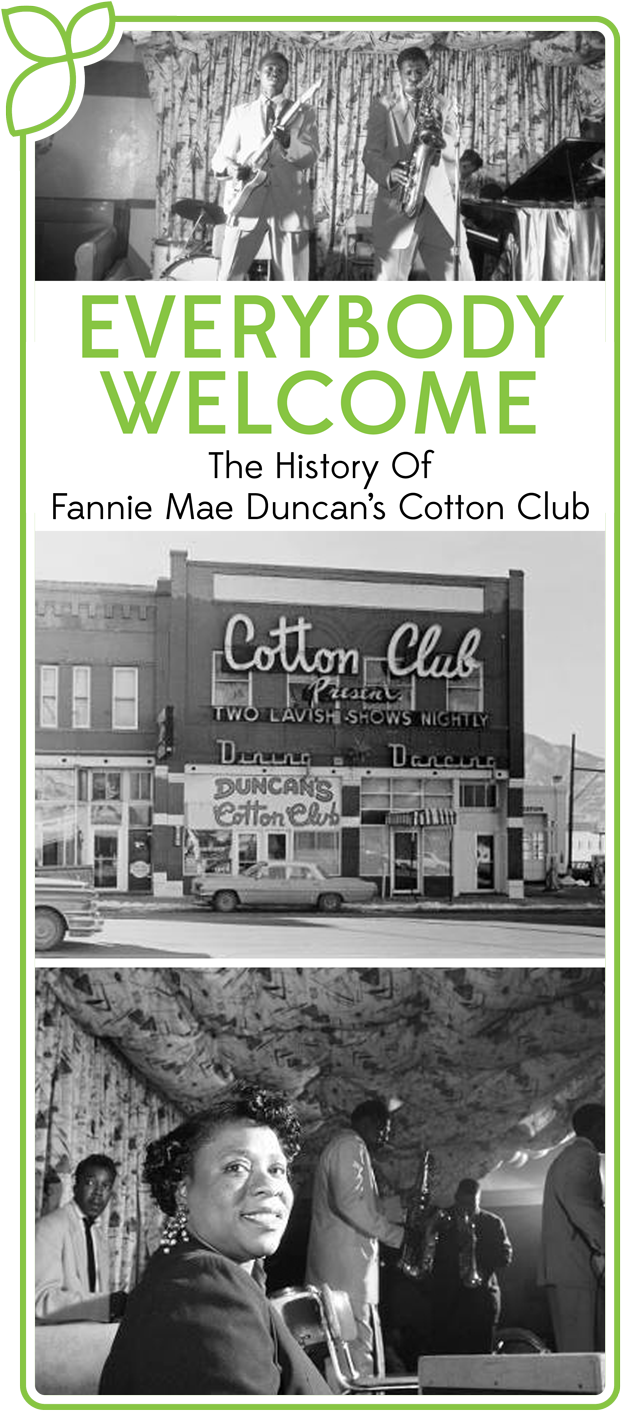
Notifications